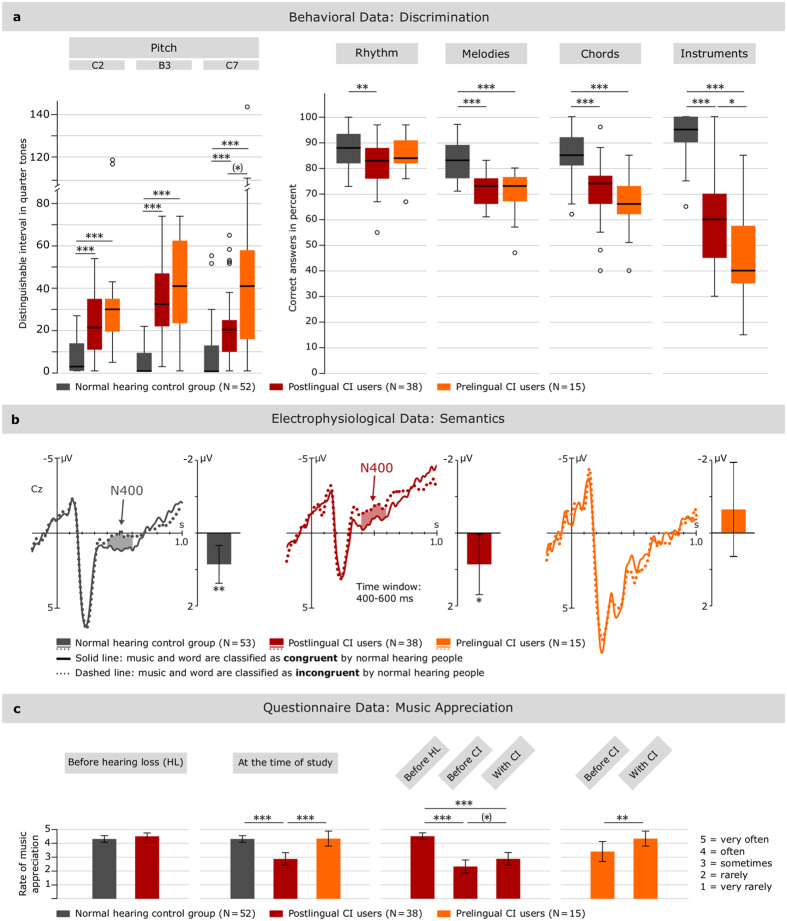Figure 1. Three dimensions of music processing with CI indicate a double dissociation dependent on hearing experience in childhood.
Data is displayed for postlingual CI users (PostCIUs), prelingual CI users (PreCIUs) and the normal hearing control group (NHG). (a) Shows behavioral data from a musical discrimination test. (b) Shows electrophysiological data of the processing of semantic meaning in music. (c) Shows subjective questionnaire data indicating music appreciation. Plots show averaged data across groups. Significant effects in the box and bar plots are marked with asterisks ((*)P < 0.1, *P < 0.05, **P < 0.01, ***P < 0.001). The error bars indicate a confidence interval of 95%. (a) On all subtests of the musical discrimination test (excluding rhythm discrimination), both Post- and PreCIUs show significantly lower results than the NHG. Rhythm discrimination is only impaired in PostCIUs. In all subtests (excluding instrument identification), Pre- and PostCIUs do not differ significantly. (b) Data shows event-related potentials for the processing of musical semantics on a representative electrode (Cz). Musical pieces served as primes for the processing of visually presented target words which could be semantically related (congruent) or unrelated (incongruent) to the musical pieces. Significant differences between the conditions are marked with shaded areas in the waveforms. PostCIUs display a N400 effect similar to the NHG, indicating that the processing of musical semantic content can be restored in CIUs with previous hearing experience. By contrast, PreCIUs did not show a N400 effect. (c) PostCIUs rated their music appreciation significantly lower than both, the NHG and the PreCIU group. Prior to hearing loss, they showed appreciation rates equivalent to the NHG with a significant decrease prior to implantation. PreCIUs showed a significant increase of music appreciation rate following the CI supply resulting in music appreciation rates comparable to the NHG.

